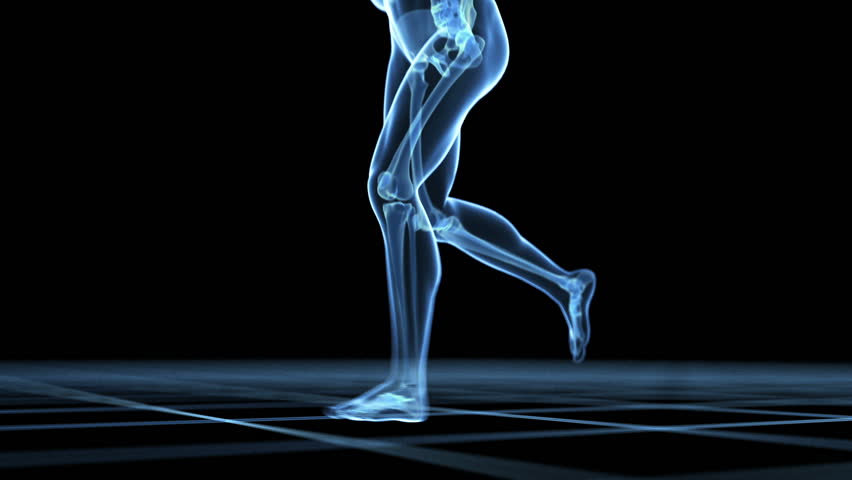Diagnostic Imaging for Traumatic Brain Injury (TBI): What Every Attorney Should Know
Traumatic brain injury (TBI) can be one of the most devastating results of an at-fault accident, in a car, on the job, or even just walking down the sidewalk. The sheer volume of human systems that the brain controls — all of them, essentially — leads to an extraordinarily diverse set of symptoms in cases of TBI. Convincing judges and jurors that these disparate symptoms can all be traced back to a preventable injury is not always easy.
The irony here is that a moderate or severe TBI can lead to challenges that most deserve restitution. Some brain injuries are so severe that they deprive the victim of the ability to work. Others might even prevent a patient from participating in the tasks of daily living necessary for independence. If a client in a TBI-related personal-injury case is to be made whole, settlements may have to provide for them for the rest of their lives.
This combination of high stakes and soft proofs makes it imperative that attorneys in such cases understand diagnostic imaging. After all, while a defense team may be able to convince the judge that behavior changes are unrelated to an accident, it is hard to argue with an image of a damaged brain.
Here are a few things that personal injury lawyers should know about diagnostic imaging as it relates to TBI:
While advanced imaging modalities including brain-function tests like PET scans and functional MRI may identify secondary injuries, the first-line test for diagnosing primary TBI is the noncontrast CT scan. This is the fastest way to accurately expose bleeding that requires immediate surgery.
As in any case involving diagnostic images, attorneys should engage expert witnesses such as neurologists or radiologists to explain what's going on in the pictures. This is particularly important in brain-function scans, such as fMRI and PET scans, which are often inscrutable for untrained viewers.
The good news for attorneys new to TBI cases and the diagnostic interventions that document them is that expert help is available. This brings us to our next point.
Expert Assistance for Personal Injury Cases Representing Victims of TBI
Personal injury lawyers and their clients deserve the chance to focus entirely on a TBI case. That can't happen when they're navigating complex scheduling systems at large hospitals or arguing with insurance companies. That's why Precise MRI always strives to provide for attorneys and their clients with what they need, when they need it.
Precise MRI offers quick turnarounds on radiology reports, with same-day scans and results within 24 hours. We provide more than 70 imaging centers in California, Arizona, and Nevada for convenient, close-to-home access for patients. Our friendly scheduling staff will find an appointment that works for your client, even on weekends and evenings.
Attorneys themselves have their client's crucial information at their fingertips thanks to an online portal designed for legal professionals. It's available 24/7, and so is IT service, ensuring that patients and their lawyers can access medical data at their own convenience.
We accept personal injury liens — and even offer a free, downloadable lien form for immediate access — and attorney letters of protection for personal injury. Our teams of fully certified medical professionals have long-term experience working with attorneys on all sorts of personal injury cases, including those involving TBI. Even more important, they're devoted to a patient-based model of care, and work hard to ensure quality, comfort, and convenience for all.
To learn more about attorney resources from Precise Imaging, or to schedule a CT or MRI scan for a client, call us today at 800-558-2223.
References:
Hill CS, Coleman MP, Menon DK. Traumatic Axonal Injury: Mechanisms and Translational Opportunities. Trends in Neurosciences. 2016;39(5):311-324. doi:10.1016/j.tins.2016.03.002.
Kim JJ, Gean AD. Imaging for the Diagnosis and Management of Traumatic Brain Injury. Neurotherapeutics. 2011;8(1):39-53. doi:10.1007/s13311-010-0003-3.
The irony here is that a moderate or severe TBI can lead to challenges that most deserve restitution. Some brain injuries are so severe that they deprive the victim of the ability to work. Others might even prevent a patient from participating in the tasks of daily living necessary for independence. If a client in a TBI-related personal-injury case is to be made whole, settlements may have to provide for them for the rest of their lives.
This combination of high stakes and soft proofs makes it imperative that attorneys in such cases understand diagnostic imaging. After all, while a defense team may be able to convince the judge that behavior changes are unrelated to an accident, it is hard to argue with an image of a damaged brain.
Here are a few things that personal injury lawyers should know about diagnostic imaging as it relates to TBI:
- Different modalities excel at documenting different types of injuries. Radiologists are likely to use standard diagnostic tests like CT and MRI scans to diagnose TBI. They might order X-ray scans, but only in cases of suspected damage to the skull; X-ray images do not differentiate between soft tissues. Doctors might even prescribe advanced imaging techniques, such as perfusion CT, diffusion tensor imaging (DTI), or magnetoencephalography, a form of fMRI.
- CT scans without contrast are the primary modality used to identify most primary, acute injuries. A TBI is not a single injury, but a cluster of related events. Doctors divide TBI into primary and secondary injuries. The first occurs at the moment of impact, causing a chain-reaction of events within the brain that often lead to further damage: secondary injuries. This is why doctors typically prescribe ongoing diagnostic imaging for TBI patients.
While advanced imaging modalities including brain-function tests like PET scans and functional MRI may identify secondary injuries, the first-line test for diagnosing primary TBI is the noncontrast CT scan. This is the fastest way to accurately expose bleeding that requires immediate surgery.
- Doctors use MRI scans to identify certain types of TBIs that do not always show on a CT scan. While doctors typically order CT scans first, there are some types of TBI that require MRI for identification. When a primary TBI does not result in intracranial bleeding, MRI scans are often the better choice. Injuries that the MRI identifies better than CT scans include brain bruising and traumatic axonal injury (TAI), shear-strain damage to white matter caused by the brain's rapid acceleration within the skull.
As in any case involving diagnostic images, attorneys should engage expert witnesses such as neurologists or radiologists to explain what's going on in the pictures. This is particularly important in brain-function scans, such as fMRI and PET scans, which are often inscrutable for untrained viewers.
The good news for attorneys new to TBI cases and the diagnostic interventions that document them is that expert help is available. This brings us to our next point.
Expert Assistance for Personal Injury Cases Representing Victims of TBI
Personal injury lawyers and their clients deserve the chance to focus entirely on a TBI case. That can't happen when they're navigating complex scheduling systems at large hospitals or arguing with insurance companies. That's why Precise MRI always strives to provide for attorneys and their clients with what they need, when they need it.
Precise MRI offers quick turnarounds on radiology reports, with same-day scans and results within 24 hours. We provide more than 70 imaging centers in California, Arizona, and Nevada for convenient, close-to-home access for patients. Our friendly scheduling staff will find an appointment that works for your client, even on weekends and evenings.
Attorneys themselves have their client's crucial information at their fingertips thanks to an online portal designed for legal professionals. It's available 24/7, and so is IT service, ensuring that patients and their lawyers can access medical data at their own convenience.
We accept personal injury liens — and even offer a free, downloadable lien form for immediate access — and attorney letters of protection for personal injury. Our teams of fully certified medical professionals have long-term experience working with attorneys on all sorts of personal injury cases, including those involving TBI. Even more important, they're devoted to a patient-based model of care, and work hard to ensure quality, comfort, and convenience for all.
To learn more about attorney resources from Precise Imaging, or to schedule a CT or MRI scan for a client, call us today at 800-558-2223.
References:
Hill CS, Coleman MP, Menon DK. Traumatic Axonal Injury: Mechanisms and Translational Opportunities. Trends in Neurosciences. 2016;39(5):311-324. doi:10.1016/j.tins.2016.03.002.
Kim JJ, Gean AD. Imaging for the Diagnosis and Management of Traumatic Brain Injury. Neurotherapeutics. 2011;8(1):39-53. doi:10.1007/s13311-010-0003-3.








